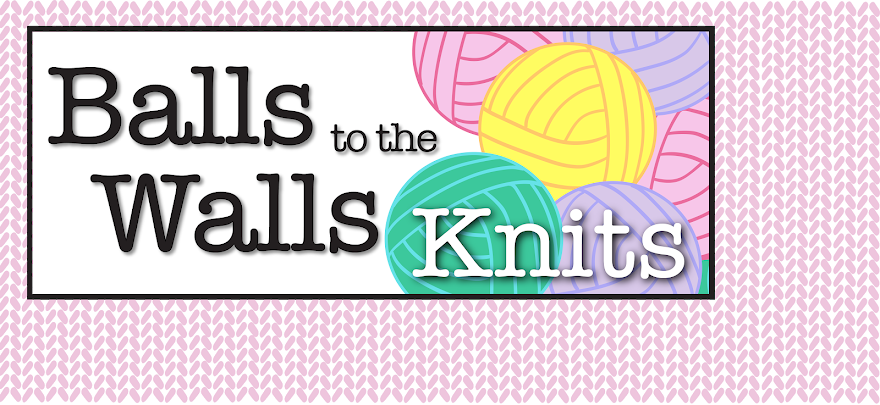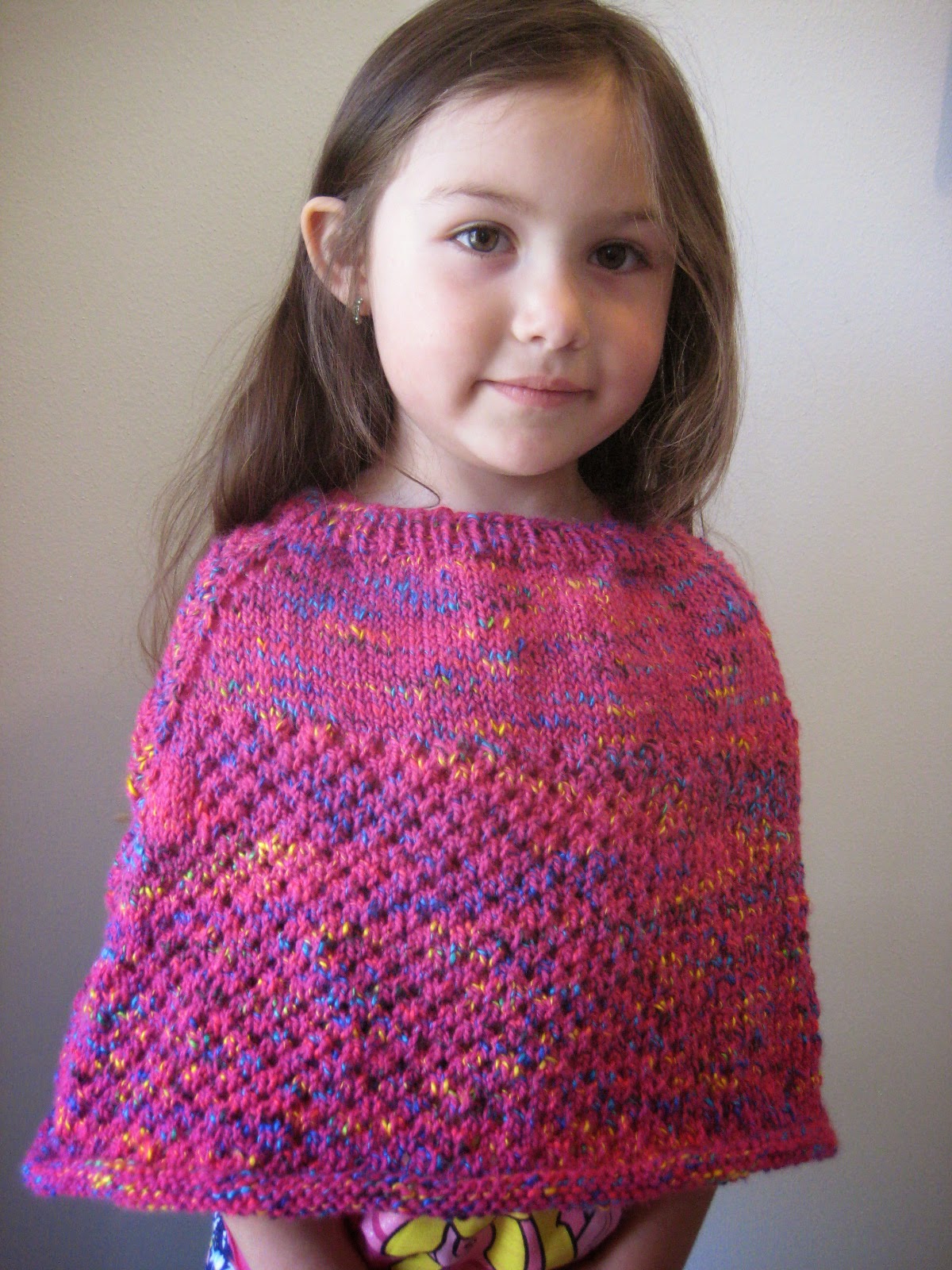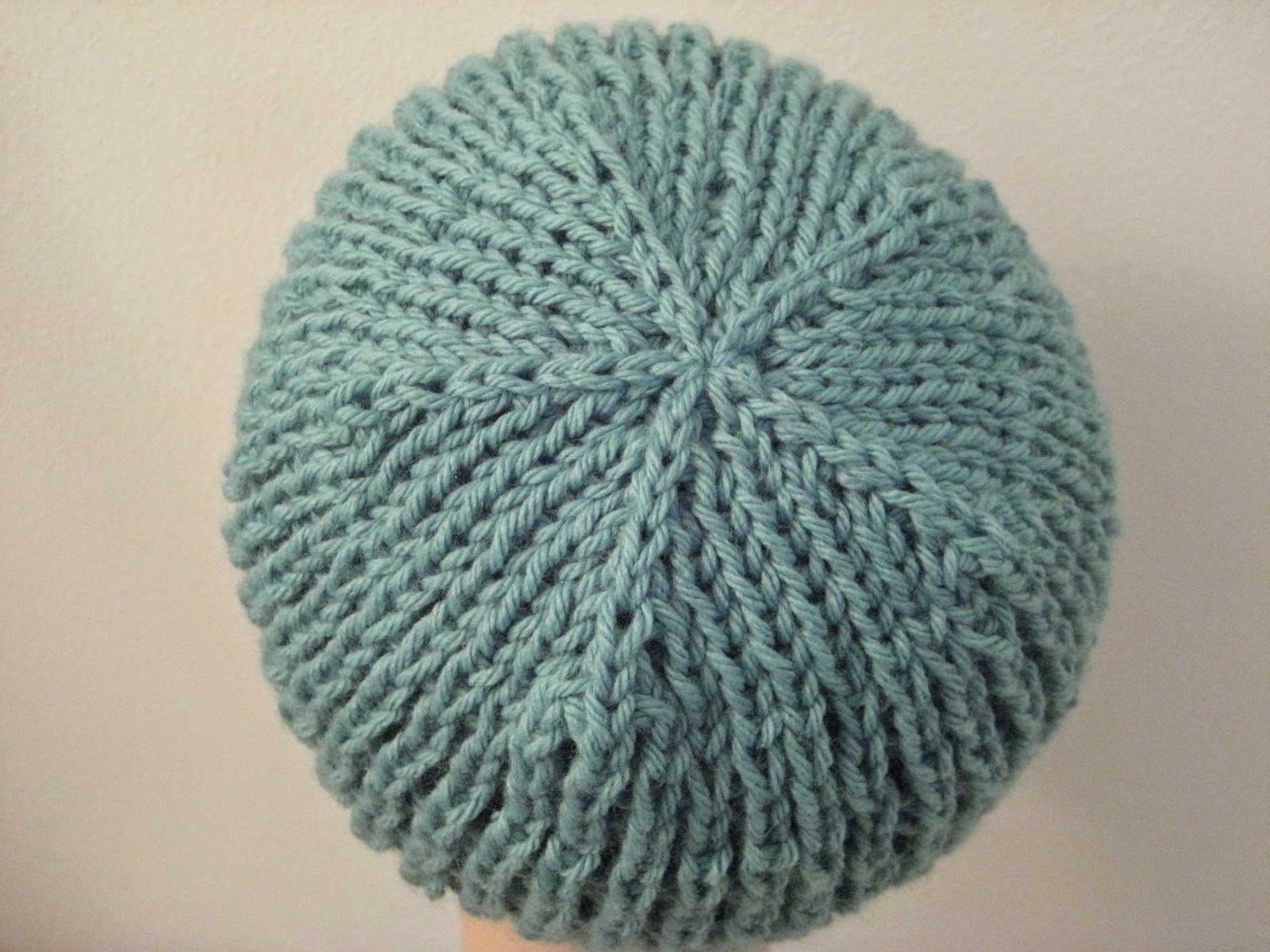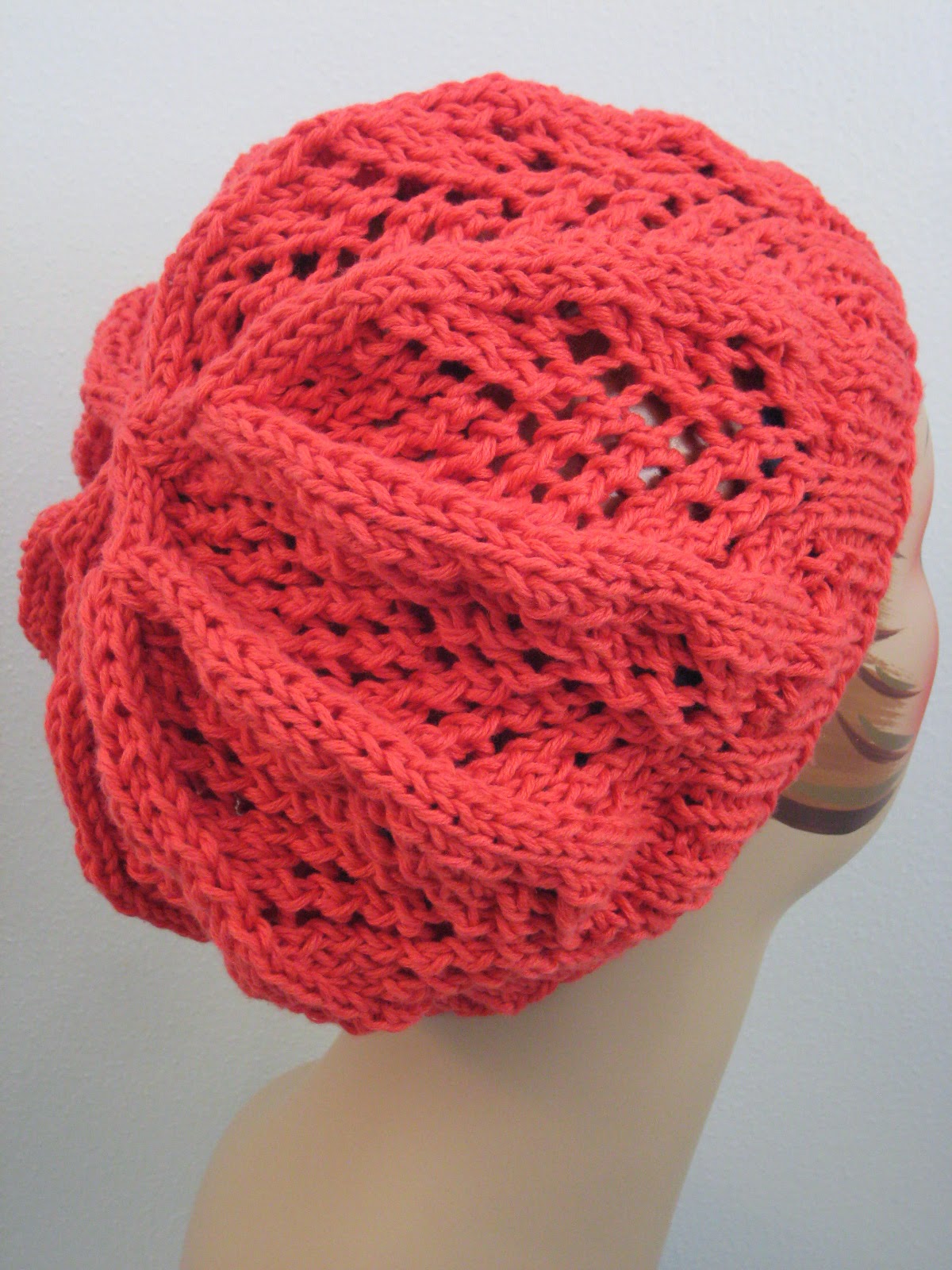 |
| Kids' Reversible Cocoon Hat - right side |
My five-year-old picked out this yarn ages ago, and has been bugging me to make something with it ever since. And after rejecting my first two designs (what can I say? the kid knows what he wants!), this fun hat finally passed muster. Even better, the wrong side of the design is just as charming as the right side, so the child you knit it for can wear it either way!
 |
| Kids' Reversible Cocoon Hat - wrong side |
Yarn: Cascade Yarns Cascade 220 Fingering (100% Peruvian Highland Wool; 273 yards [250 meters]/50 grams); #9430 Forest Green - one skein
Needles: 16" circular needle in size 3, one set of double pointed needles, also in size 3
Notions: Tapestry needle, stitch marker
Gauge: 28 stitches = 4 inches
So let's do this thang! First, using your circular needle, cast on 128 (144; 144) stitches, place marker, and join in round. Then we'll knit 1" (1.75"; 1.25") in a k1, p1 ribbing. And then we'll get right to the main pattern, which is Cocoon Stitch from page 131 of Barbara G. Walker's A Second Treasury of Knitting Patterns, except adapted for the round. As you can see, there is no difference in pattern between the three sizes. And here we go!














































